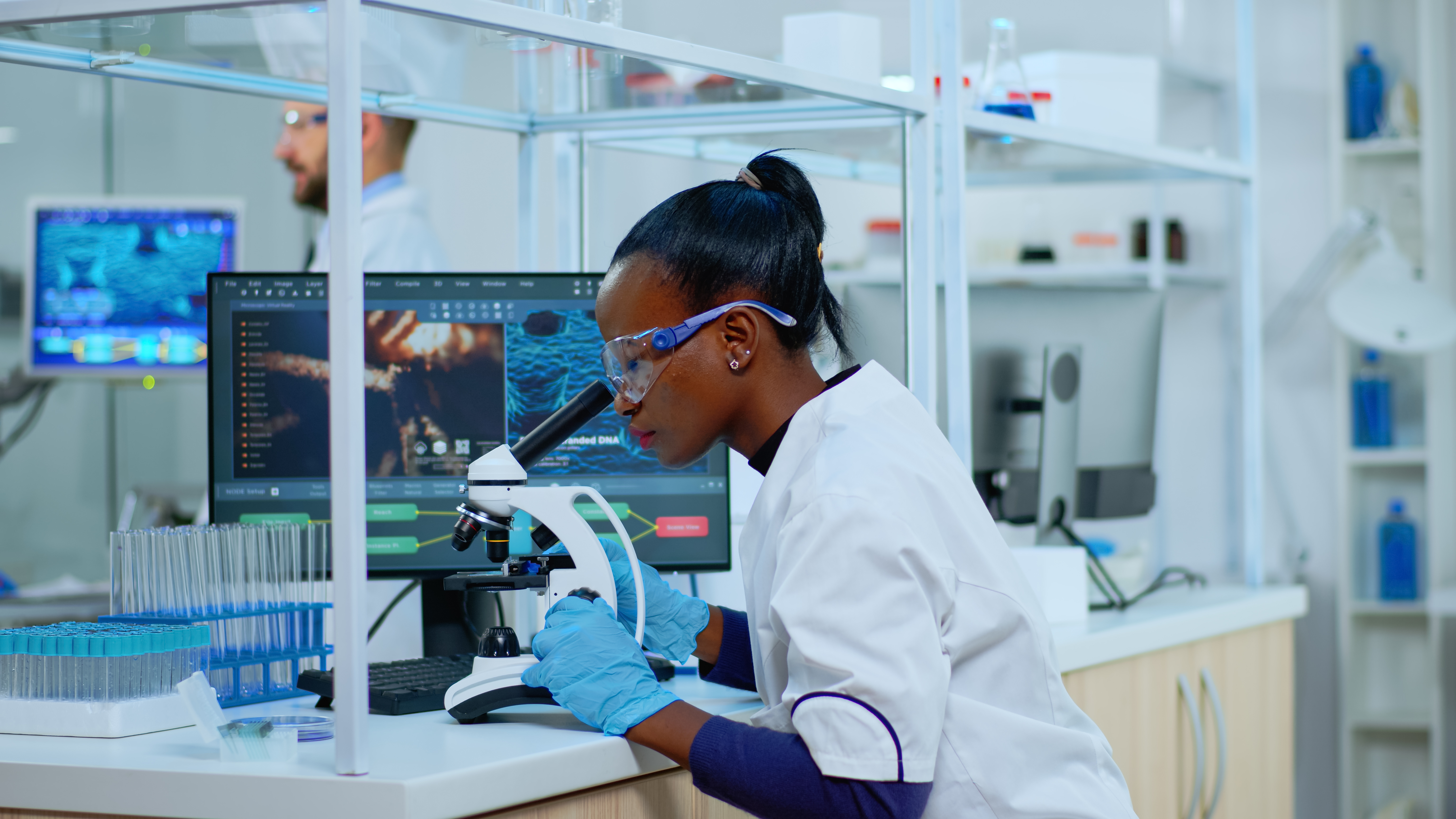Rectal Swab For STDs
500 Kshs | Home Collection Available
Synonyms
STDs, venereal disease
Purpose
The STD (Rectal Swab) Test detects pathogens responsible for sexually transmitted diseases (STDs) in the rectum. It involves collecting a sample from the rectal lining using a sterile swab to identify infections such as Chlamydia trachomatis, Neisseria gonorrhoeae, and Herpes Simplex Virus.
This test is important for individuals experiencing symptoms such as rectal pain, discharge, bleeding, or in those who are at high risk of STDs, particularly among men who have sex with men (MSM) or individuals with multiple sexual partners. Early detection allows for prompt treatment, helps prevent complications, and reduces the risk of transmission to others.
The test can be combined with Urethral or vaginal swab, HIV test, Syphilis test (VDRL or RPR), Hepatitis B and C testing, and Urine-based STD panel. These tests provide a comprehensive evaluation of a patient’s sexual health.
Patient Preparation
No special preparations are required.
Samples
One Rectal swab collected in a Vial with PreservCyt solution. Collect the specimen as soon as the patient wakes up, and before they defecate or bathe. Maintain specimens at room temperature or refrigerate (2°C to 30°C).

Reference Range
Negative/Normal
Results Turnaround
7 – 21 days after receipt of samples.
Diseases / Diagnostic indicators
A positive result from a rectal swab test indicates the presence of one or more pathogens that cause sexually transmitted diseases (STDs). These may include:
- Chlamydia trachomatis: Linked to rectal pain, discharge, or bleeding
- Neisseria gonorrhoeae: Causes rectal gonorrhea with symptoms such as irritation, painful bowel movements, or pus-like discharge
- Treponema pallidum: The bacterium that causes syphilis, which may present as rectal ulcers or go unnoticed in early stages
- Human papillomavirus (HPV): Associated with genital or anal warts and increases the risk of anal cancer
- Herpes Simplex Virus (HSV): May cause painful sores or ulcers around the rectum
A negative result suggests no detectable STD-causing microorganisms in the rectal area at the time of testing. However, further testing may be required if symptoms persist, as some infections may have low levels of organisms or require more sensitive diagnostic tools like PCR-based tests.
Early detection through this test allows for targeted treatment, prevents further spread, and reduces the risk of long-term complications. For more on Rectal Swab tests for STBs, read this study.




